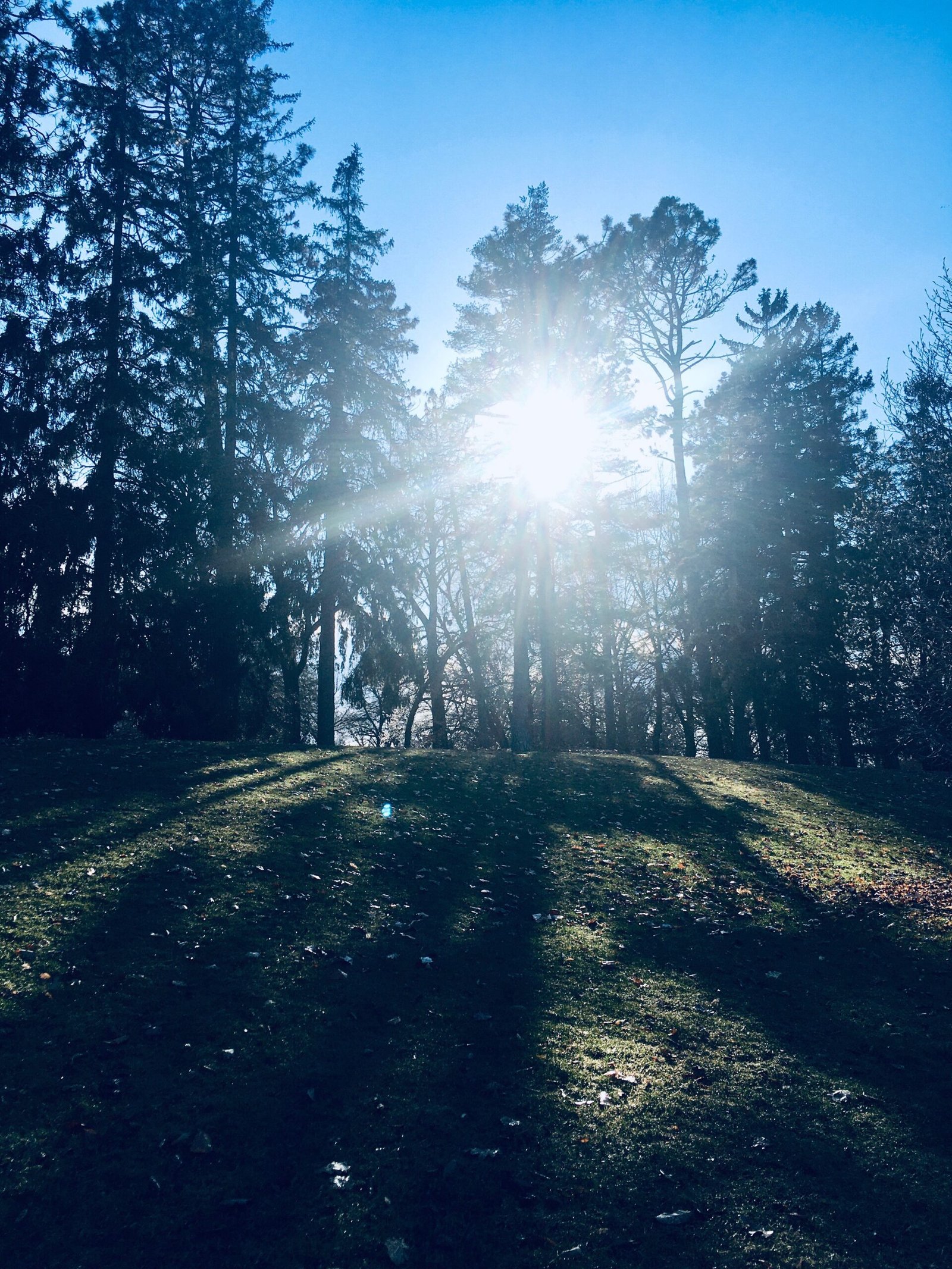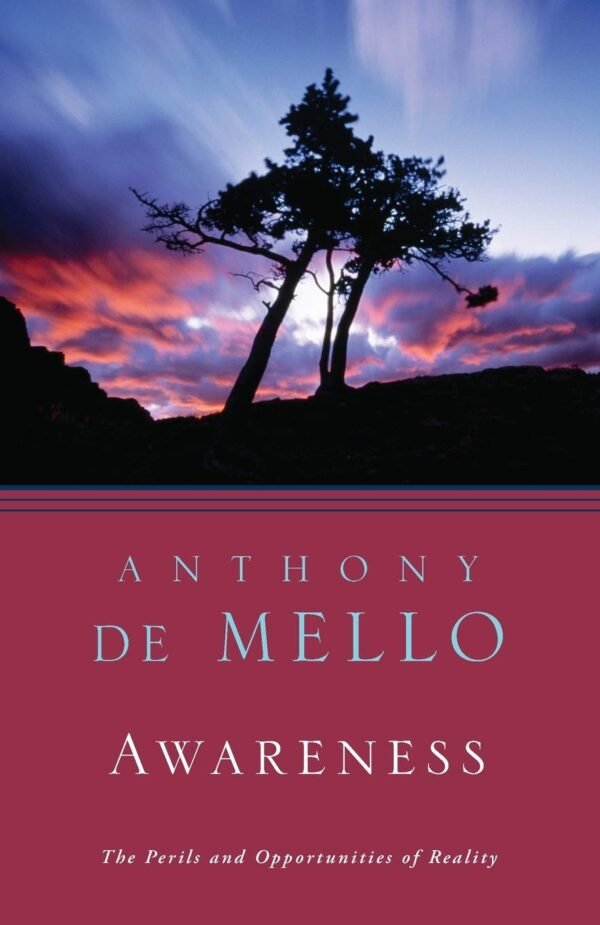If it wasn’t for COVID-19, underlying anxieties, fears, and tensions that foster my anger would have likely continued to pester me until…well I don’t know. However, I do know that this forced “down time” has resulted in tremendous mental and spiritual growth, and I am forever grateful for the collective pause that is currently underway.
The purpose of this article is to share newfound and revisited habits and resources that have helped me enter a mindset that allows me to look at COVID-19 as an opportunity instead of a nuisance.
Habits
- Studying Stoicism. The philosophy of stoicism is literally built for our current situation — it was created during a horrific plague. As result, I have been able to detach from the things I cannot change, like COVID-19 existing, and instead focusing on the things I can change, such as my character, physical stamina, and temperament. Furthermore, Stoic philosophy has an emphasis on studying death, in a positive way, so that we can be a lot more grateful and not take for granted the health and vitality we have today. Note: I would also say that Buddhism has helped me during the pandemic, but indirectly since I studied it in depth a year ago, so I did not include it here.
- Immersing myself in nature. Thanks to previous exposure, I know there is positive causation between my mood and being immersed in nature. I sought out areas with low volume of people, accessible by bike, and quiet. The Dominion Arboretum and Ottawa River (specifically the strip that runs from Rockcliffe to Vanier) are my go-to spots. I make it a point to immerse myself into the nature without a device for a few moments, before meditating for a bit, then opening my eyes and letting this calmness until I get uncomfortable.
- Going outside for minimum a short walk 3x/day (2x/day in the winter). Certain things have been good for me to batch, but other things are more beneficial sprinkled throughout the day. I set the standard for me to essentially leave the house for minimum 20 minutes on three separate occasions on each day. I find this helps me to avoid getting into ruts of mindless phone scrolling or binge watching — nothing wrong with those, but in my case I genuinely don’t like the feeling during and especially after, it’s just hard sometimes. This regiment helps.
- Cardiovascular exercise > weight training. I mentioned this in my previous post regarding keys to success whens starting a new career, so I won’t elaborate. I just want to highlight the importance, especially now when we’re likely to be cooped up inside, breathing fresh air with a heavily beating heart is therapeutic. Running and cycling have successfully boosted my mood every time. I vary my running structure by doing long distance once a week, and intervals with hill sprints sprinkled once or twice during the week. For hills, I use the Arboretum and the steep incline at the opening of the Rideau Canal into the Ottawa River (between Parliament and Chateau Laurier). In addition, callisthenics routines are a great way to efficiently feel the endorphins of a workout (an example is listed below).
- Monitoring the weather forecast. Related nature and outdoor exercise, in order to not be stuck inside for a week straight because my outdoors time ends up landing on rainy days, it is especially important for me to check the weather forecast (non-compulsively) at the beginning and end of every day. This helps ensure I get out on nice days, and do non-outdoors activities on the rainier days.
- Scheduling my meditation. I have always loosely scheduled my meditation. It’s almost always in the morning, but the specific time is flexible. I am one to heavily oppose strict schedules of any sort, but through experimentation of the groups feature in Waking Up app (listed below), I realized the value of having a specific time every day for my morning meditation. In a time where there is close to zero reason and motivation to waking up at a certain time every morning, my morning meditation scheduled for 8:30 a.m. has created a sense of schedule in the form of a morning ritual.
- Finding a morning routine (or more) that I genuinely look forward to the night before. Making tea or coffee immediately after my meditation is a ritual that makes waking up much easier. As beneficial as my morning meditation feels to be, I look forward to taking my time with this morning routine much more.
- Trying out a new journalling format. My close friends will tell you that journalling didn’t stick for me (for reasons I won’t get into), but I love practicing gratitude, often contemplate affirmations during a given period of time in my life, and see the value of setting a few intentions for the day. So this is me re-attempting journalling (likely cause I have the time to now): 3 points on what I’m grateful for; 3 points on affirmations (i.e. I am currently living through a historical period; it is exactly a week before I move out of my first proper apartment, etc.); 3 points on intentions set for the day (i.e. talking less, listening more).
- Batching WFH commitments. This isn’t groundbreaking, but it’s been helpful to be disciplined about very few things during the pandemic, this being one of them. At the beginning, because of the static daily environment, time was slipping away from me before I could realize it. I then started batching my “work-from-home” duties at certain times of day. As a high school teacher, I’ve created my schedule to be more fluid, so I now schedule my WFH commitments around my personal commitments — again, taking advantage of the novel opportunity where this is likely not to be the case moving forward.
- Keeping the curtains open at all times. I am a firm believer based on scientific evidence that the best sleep cycle is one that dictated by my circadian rhythm. Keeping curtains open help me wake up naturally to sunlight, leading to me falling asleep closer to the time of sunset (and repeat).
- Setting Do Not Disturb mode to block all calls, except repeat calls. I understand that not everyone is in a position to do this, but I have no incoming important calls at this point. If they’re important enough, the repeat caller will go through. This helps me not get cut off from flow state in this time of hyper social connectivity through our devices. This is probably my most underrated point.
Resources
- Ten-Year Plan to a Remarkable Life by Debbie Millman. I’ve wanted to do this activity for a while, but never seemed to find the time for it…Enter self-isolation! This is a different approach to the usual ten-year plan because it focuses on life design (pace of life, environment around you at home and at work, priorities around immaterial and material possessions), as opposed to one’s career trajectory. It rightfully puts career trajectory in its place: as only one dimension of one’s life.
- One month free of access to Waking Up meditation & mindfulness app. This is by far the detailed and resource-full app in its category. Created by Sam Harris, the true pursuit of spirituality is embodied in Sam’s beginner meditation courses all the way to the lessons that involve contemplation the illusion of free will. I’ve used Headspace to start my practice, but this app came along sometime last year, and have never looked back. If you can’t afford a subscription, send an email to info@wakingup.com to inform them of this and you will receive a year subscription for free.
- Radical Acceptance by Tara Brach. Linked are Tara’s talks, which I’ve been using in tandem with her very popular book Radical Acceptance, to provide a sort-of “post-integration session” after my meditations in the morning and in nature. Meditation is one wing of the two-winged wonder of mindfulness — the other wing is compassion, and the hardest person to offer compassion to is often oneself. In other words, meditation is one thing, but self-reflection is equally vital and often overlooked in the new-age trend of “mindfulness.” Tara’s work helps me make profound insights on why where underlying anxieties are coming from, and why I’m tense on a given day. More on this in a future post.
- My go-to at-home workout. This is a direct resource related to the callisthenics googling that I suggested above. I happened to stumble across this 20–30 min workout created by ex-NHLer Brooks Laich. I believe he’s posted at least one additional workout that is done in pairs as well! Enjoy. Note: I plan to use this workout (if I get around to working out at home again) as a template, meaning slotting different exercises in using the reps and division of exercises that Brooks has laid out for us.
- Tao of Seneca — Free Stoic Letters. Thank you, Tim Ferriss!
- Daily Stoic on Instagram. This is a great follow to have daily, profound quotes on Stoicism that makes my social media scrolling feel justifiable to a certain extent…



